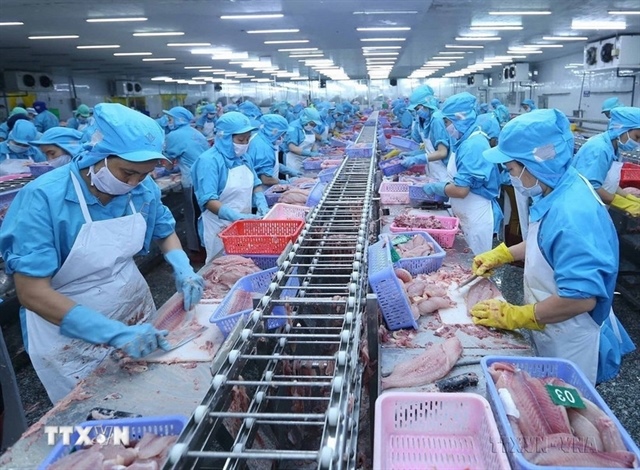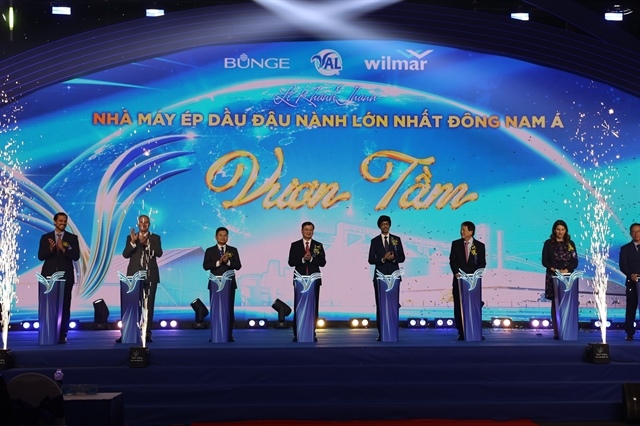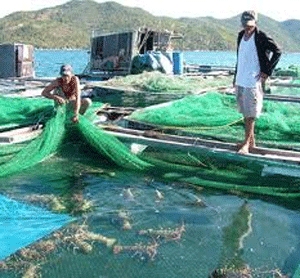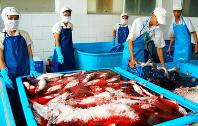Small hydropower plants shout for help
Small hydropower plants shout for help
High investment rate, low electricity sale price, high bank loan interest rates and high taxes have all been stifling small hydropower plants. Meanwhile, the Electricity of Vietnam regularly cuts down the electricity purchase volume, making the plants to hover between life and death.
Saigon Tiep Thi has quoted Vu Ngoc Cu, Deputy Chair of the Lao Cai provincial Business Association as saying that the association has received complaints about heavy losses from hydropower plants.Hydropower plant developers now have to pay much higher than expected for materials, the labor cost, bank loan interest rates and for the more expensive dollar.
The material prices have increased by 30 percent in comparison with the initial estimates, while the credit interest rate has risen from 13 percent to 24 percent.
Meanwhile, the electricity sale prices still have been kept at low levels, despite the higher production costs. The average electricity sale price of hydropower plants in Lao Cai province after one year of operation hovers around 922 dong per kwh.
A paradox exists that while the Electricity of Vietnam (EVN), the only electricity wholesale buyer in Vietnam, bought electricity from China at 6.08 US cents per kwh, or 1268 dong, it only paid 922 dong to domestic plants, or 37 percent lower than the price paid to Chinese suppliers.
Duong Thi Loi, Director of Linh Linh Joint Stock Company, the developer of Nam Khoa 3 Hydropower Plant, said that the small hydropower projects in Lao Cai and Ha Giang provinces have been regularly asked to cut down the electricity generation capacity at peak hours.
“We have many times lodged complaints to the Ministry of Industry and Trade and relevant agencies, but the situation has not been improved,” Loi said.
“They even did not reply to our petitions,” she added.
Dien dan Doanh nghiep newspaper quoted Hoang Minh Tuan, President of Nam Tien Lao Cai Joint Stock Company as saying that the average investment rate is 30 billion dong for every MW. Meanwhile, the investors have to borrow at least 30 percent of the total capital needed from banks, and pay high interest rates for the loans.
The currently valid document of the Ministry of Finance stipulates that power plant investors have to pay the water natural resource tax in accordance with the merchandise power prices (1242 dong per kwh in 3011 and 1304 dong per kwh in 2012). However, in fact, no power plant can sell electricity to EVN at such high prices.
Nam Tien Lao Cai, for example, sold at 800 dong per kwh, while Nam Khoa 3 at 916 dong per kwh.
The Northern Electricity Corporation, which is in charge of providing electricity to 27 provinces and cities in the north, has blamed the electricity generation capacity cutting on the absolute reliance on the power imported from China through 110KV and 220KV transmission lines.
The fact that some hydropower plants have been put into operation recently has helped improve the supplies to localities. However, due to the degraded electricity grid, every time when power plants generate electricity at the same time, this would lead to the capacity excess, thus making the electricity go back to China.
According to Dinh Quang Tri, General Director of the Electricity of Vietnam, the current laws stipulate that the investors of the hydropower plants with the capacity of less than 30MW have to build up the transmission lines which connect the plants and the national grid. However, in fact, the investors always try to force power companies to build up 110KV or 220KV transmission lines.
Also according to Tri, in many cases, investors still start the construction of the plants even though they had not signed any contract on electricity sale with EVN, with an aim to force EVN to purchase electricity from them.
“Once all the hydropower plants use the same transmission lines of EVN, this would lead to overloading,” Tri explained.
vietnamnet




















